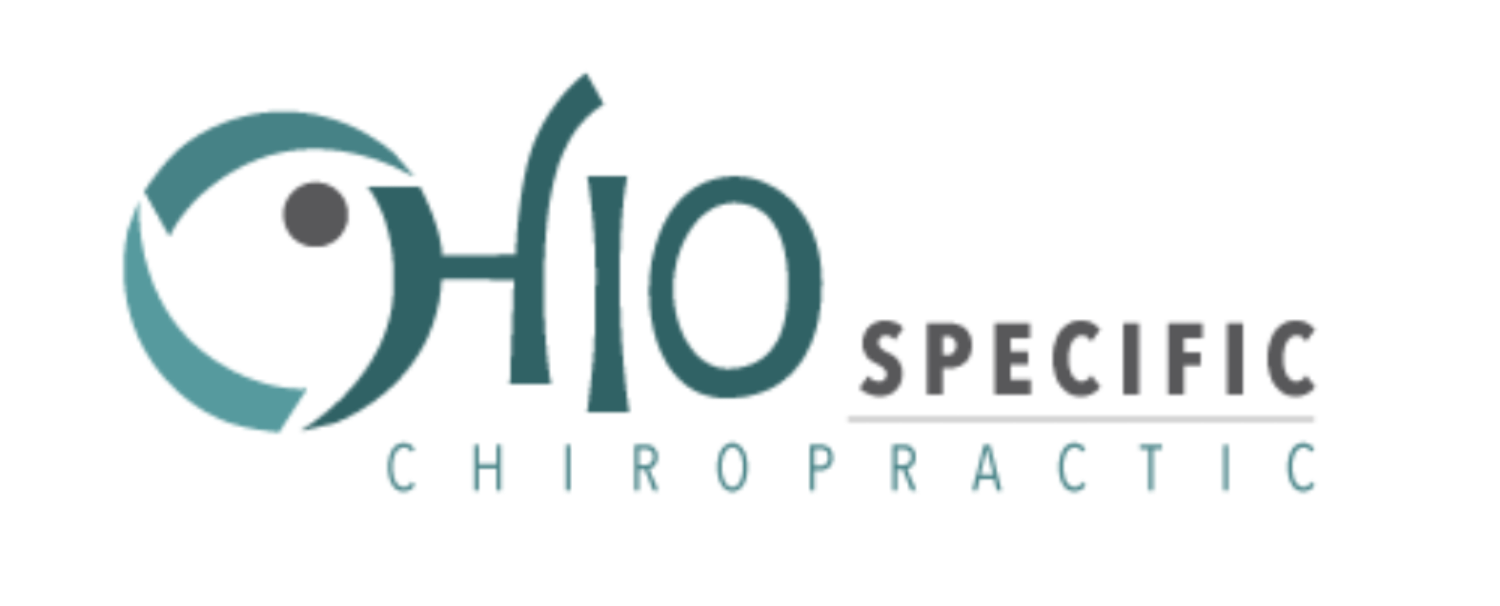Upper Cervical Care: Your Lifeline to Vitality
I like to say that upper cervical care is your “lifeline to vitality.” What does this mean? Let’s work backward and start with the word vitality.
Vitality is a derivative of the word “vital.” Vital means “necessary to the maintenance of life.” The suffix “ity” denotes “quality, state or degree” to the root word. Vitality then relates to the quality of life maintenance. This is what we call health.
The brainstem is the nerve tissue section connecting the brain to the spinal cord. All three make up the Central Nerve System. Located within the brainstem are regulatory nerves that are involved in many of what are called “vital signs” of life.
Very often when a healthcare professional performs a physical assessment, they check vital signs. Vital signs include body temperature, pulse rate, respiration rate, blood pressure, blood oxygen. All these vital signs are monitored and/or controlled by the brainstem. The brainstem is necessary for the maintenance of life. The quality of its function is essential to your health.
The next word is lifeline. One definition of a lifeline is “something regarded as indispensable for the protection of life.”
The upper cervical spine involves three bones: the occiput, the atlas and axis. These three bones surround and protect the lower portion of the brainstem. In general, the hardest tissue of the body, bone or skeletal tissue, protects the most delicate tissue of the body, nerve tissue. Without this protection, nerve tissue could be completely damaged and rendered inoperable.
Even though the bones are designed to surround and protect nerve tissue, they can negatively effect nerve function. Stress puts tension on the spine and can cause the bones to shift and misalign.
If the upper cervical spine misaligns, it can put added pressure on the brainstem. Added pressure disrupts how nerves communicate with the body and alters how the brainstem functions. This is called a vertebral subluxation.
Upper cervical care focuses on the adjustment of a vertebral subluxation and correcting nerve disruption at the brainstem level. This improves the communication between the nerve system and the body it controls. Your health potential improves as a result. Thus vitality, or life, can be expressed more fully.
- Jarek Esarco, DC, CACCP
Related Blogs:
Why is the Upper Cervical Spine Vulnerable to Nerve Disruption?
Neurophysiological Importance of the Upper Cervical Spine
Unbalanced Spine/Head Imbalance
"If The Problem Is In The Brain, Why Adjust The Spine?"
Can Spinal Adjusting Effect Cranial Nerves? They Do Not Pass Through the Spine.

